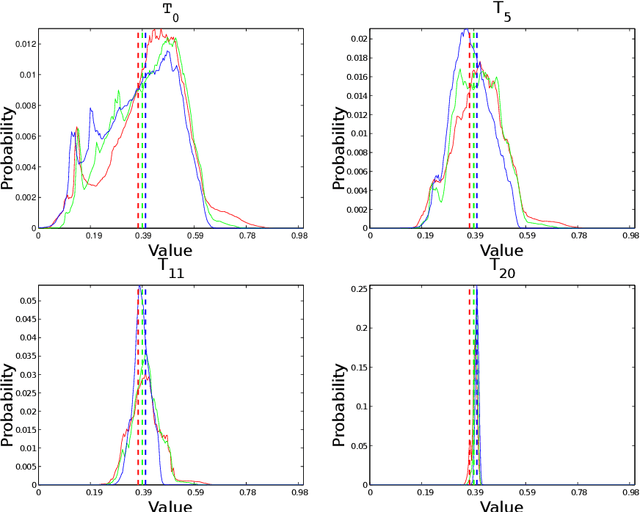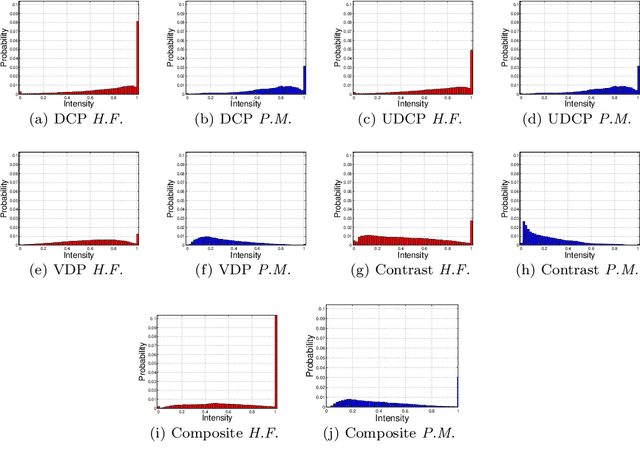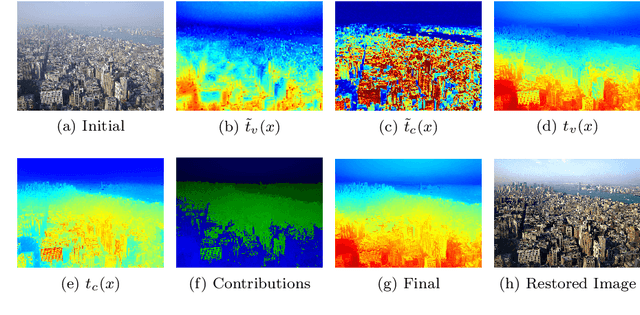Silvia S. Botelho
Underwater enhancement based on a self-learning strategy and attention mechanism for high-intensity regions
Aug 04, 2022



Abstract:Images acquired during underwater activities suffer from environmental properties of the water, such as turbidity and light attenuation. These phenomena cause color distortion, blurring, and contrast reduction. In addition, irregular ambient light distribution causes color channel unbalance and regions with high-intensity pixels. Recent works related to underwater image enhancement, and based on deep learning approaches, tackle the lack of paired datasets generating synthetic ground-truth. In this paper, we present a self-supervised learning methodology for underwater image enhancement based on deep learning that requires no paired datasets. The proposed method estimates the degradation present in underwater images. Besides, an autoencoder reconstructs this image, and its output image is degraded using the estimated degradation information. Therefore, the strategy replaces the output image with the degraded version in the loss function during the training phase. This procedure \textit{misleads} the neural network that learns to compensate the additional degradation. As a result, the reconstructed image is an enhanced version of the input image. Also, the algorithm presents an attention module to reduce high-intensity areas generated in enhanced images by color channel unbalances and outlier regions. Furthermore, the proposed methodology requires no ground-truth. Besides, only real underwater images were used to train the neural network, and the results indicate the effectiveness of the method in terms of color preservation, color cast reduction, and contrast improvement.
Single Image Restoration for Participating Media Based on Prior Fusion
Jan 11, 2017



Abstract:This paper describes a method to restore degraded images captured in a participating media -- fog, turbid water, sand storm, etc. Differently from the related work that only deal with a medium, we obtain generality by using an image formation model and a fusion of new image priors. The model considers the image color variation produced by the medium. The proposed restoration method is based on the fusion of these priors and supported by statistics collected on images acquired in both non-participating and participating media. The key of the method is to fuse two complementary measures --- local contrast and color data. The obtained results on underwater and foggy images demonstrate the capabilities of the proposed method. Moreover, we evaluated our method using a special dataset for which a ground-truth image is available.
 Add to Chrome
Add to Chrome Add to Firefox
Add to Firefox Add to Edge
Add to Edge